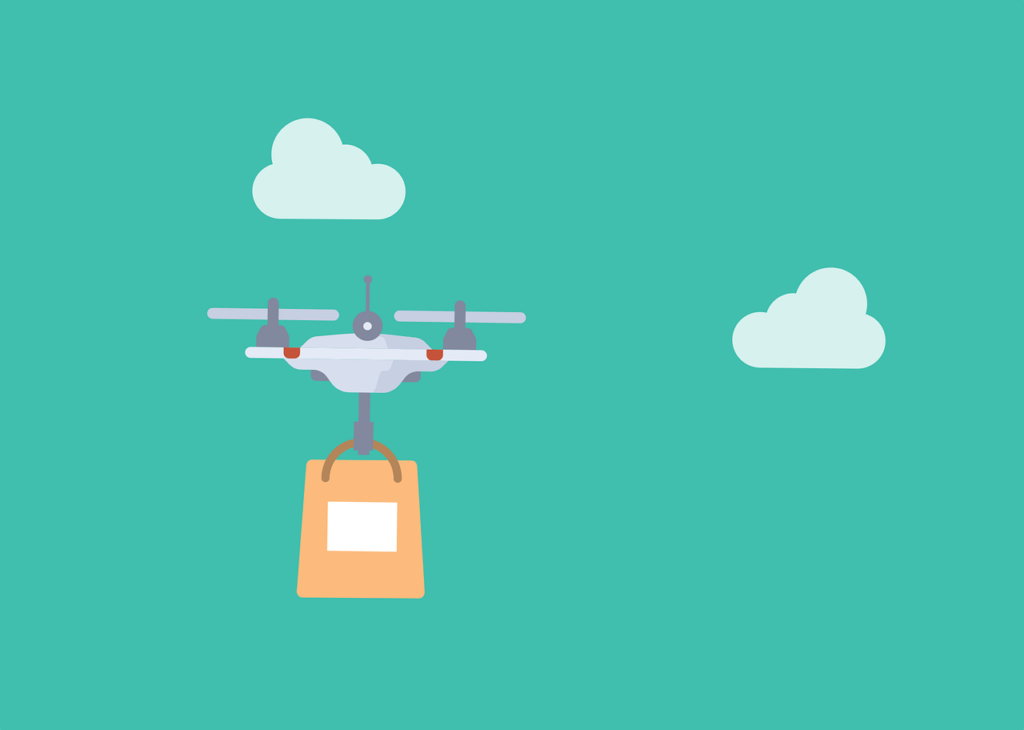Digital trends in Africa’s health sector
Digital trends in Africa’s health sector
Digital trends in Africa's health sector

The health sector in many African countries is initially perceived as an economy of scarcity: over-indebted state budgets and, as a result, highly restrictive budgets for the health sector. Combined with outdated and poorly maintained equipment, bottlenecks in qualified staff and the supply of consumables, the situation is alarming. Figures support this assessment: while 24 percent of global diseases occur in Africa, only 1 percent of global health expenditure is available. 3 per cent of the world’s health workers have to make the impossible possible every day and do not even have the appropriate operating equipment to do so: about 70 % of medical equipment is faulty, does not work or gets forgotten in original packaging and never installed in boxes on hospital premises. So much for the congestion quo and the solutions growing out of it, as well as a selection of related business opportunities.
While in this country there is never-ending discussion about data protection and patients’ rights, in Africa there are more than just initiatives to digitise the health system beyond the hospital. The conditions for this already exist today, with often much better and faster mobile phone network coverage than in supposedly more developed industrialised countries. According to a study by the Economist, information and communication technologies will lead to a significant improvement in health care throughout Africa. For example, through mobile phone applications, with which patients in rural regions can preferably be cared for by qualified specialists, or specialised doctors who can be called in for consultations and interventions. Chinese and Indian companies are particularly active in these areas. In fact, there is also business potential here for the German economy in the development of digital solutions, so as not to miss out on timely entry. German start-ups like the company getINNotized have recognised the potential and are happy about growing sales.
But not all approaches to digitalisation work smoothly. Attempts to establish the paperless hospital in West Africa were hampered by inadequately prepared or insufficiently trained staff and have led to a reintroduction of paper. Nevertheless, there is potential here for German companies to offer sustainable solutions.
In addition to digitalisation, African countries are already beyond pilot projects in other areas and are, for example, developing networks for the distribution of medicines and medical consumables by means of drones in regions that are otherwise difficult to reach. Ghana is particularly ambitious in this regard and is aiming for up to 600 daily drone missions in a five-year programme. Each flight can deliver up to 1.6 kilos of vaccines, blood and life-saving medicines to the 2,000 health centres scattered throughout the country. A Canadian company has secured this contract for itself.
While providers such as Apple Pay have recently made headlines in developed countries, mobile payments are already commonplace in Africa. Africa accounts for 49 per cent of all mobile payments worldwide – with a large share in Kenya, Uganda, Rwanda and Tanzania. In Kenya, for example, more than 35 percent of hospital bills are already paid by mobile phone. Patients can either pay the bill themselves or receive financial support from friends and family within seconds. The increased transparency of incoming payments that goes hand in hand with the technology can also lead to a reduction in misappropriation and a corresponding improvement in the financial situation of hospitals. The emerging trend of digital health insurance is also interesting, especially in view of the relative undersupply of society with classic state or private health insurance. Members pay the insurance premium directly with their mobile phones, and all communication with the insurance company works in the same way.
The potential is there. It is up to the German economy to develop customised solutions together with the customer and to benefit from a mutual transfer of knowledge and possibly lower bureaucratic hurdles. Who knows, maybe one or the other model will then be transferred to Europe.
Search
Categories



